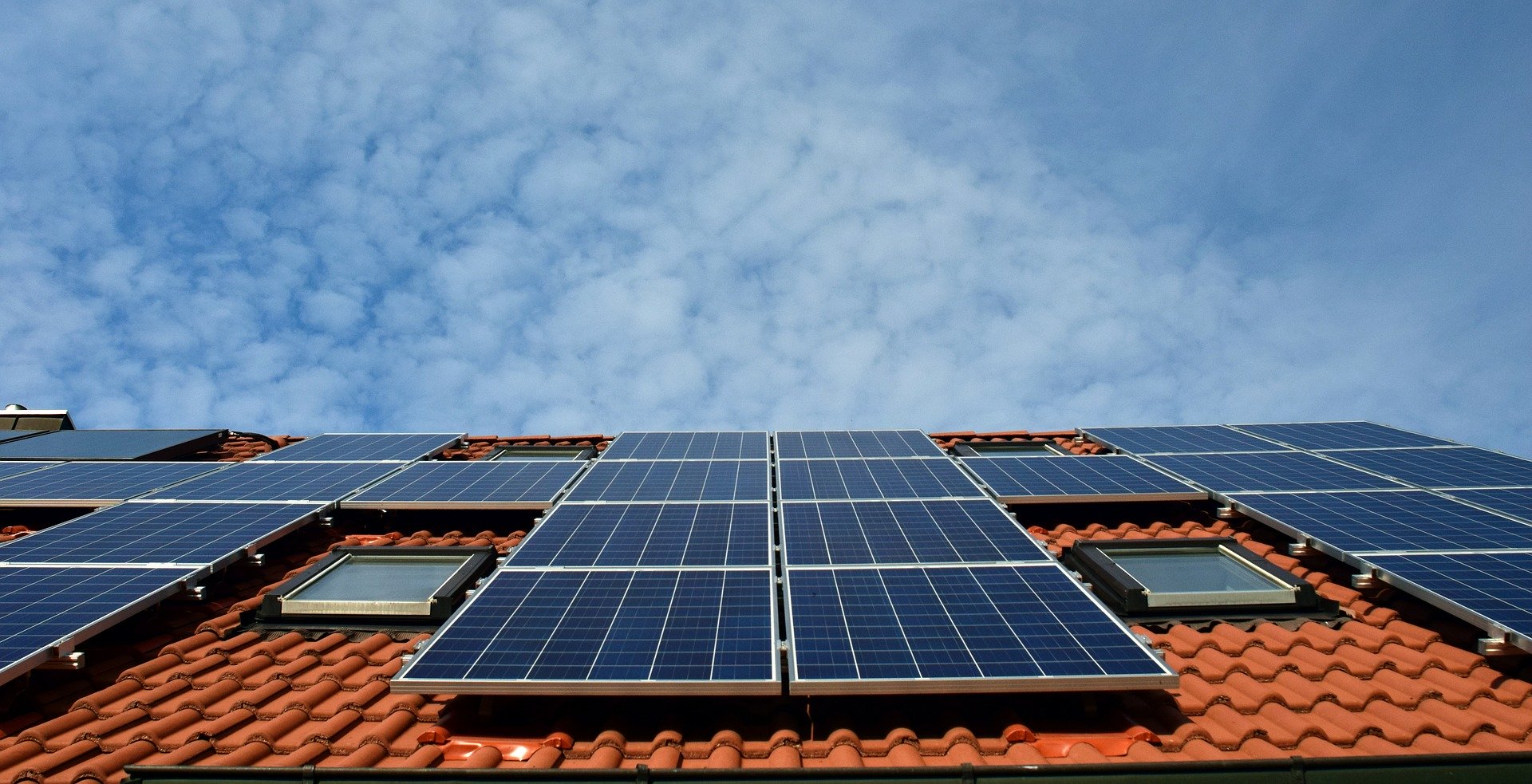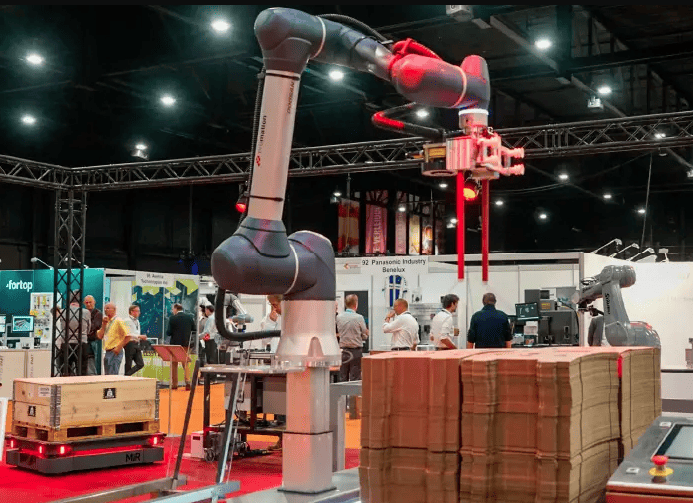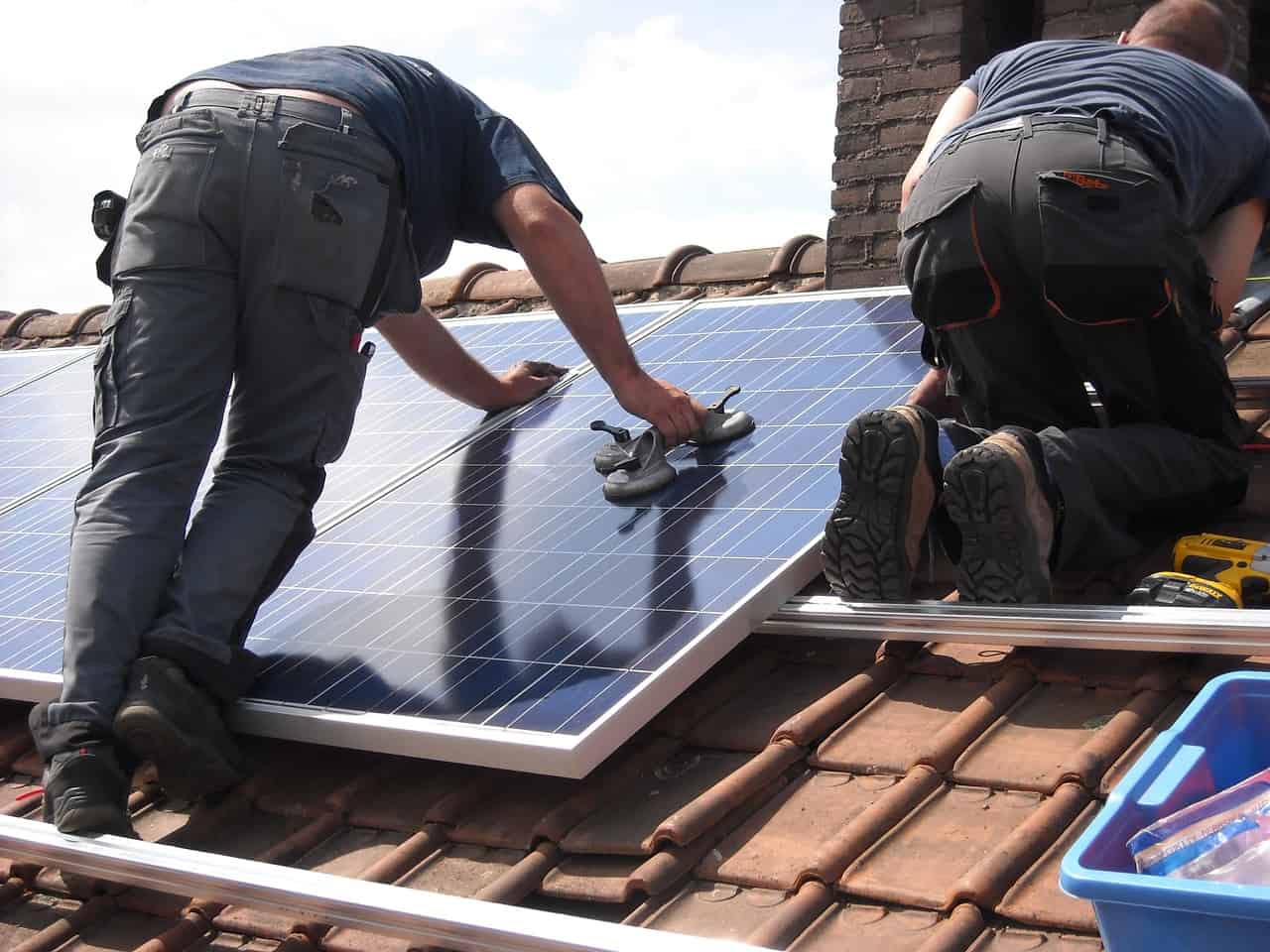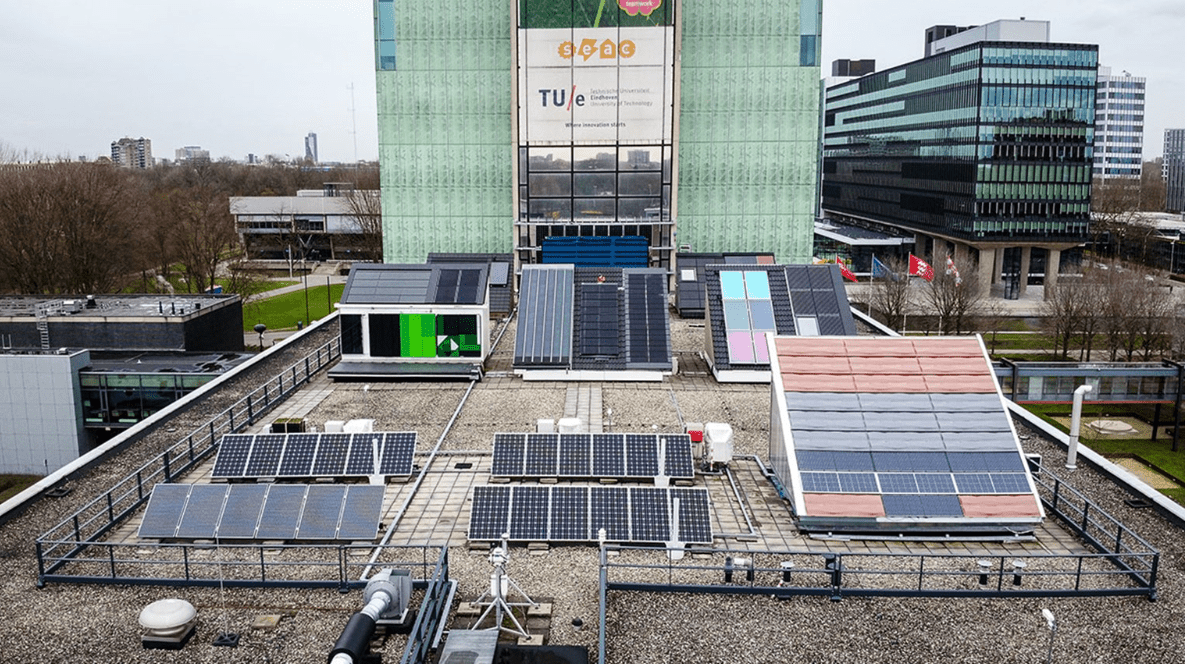
Do your solar panels still generate as much energy as they did in the beginning? Probably not. Pollution and degradation of the material reduce the generation capacity, according to Ed Veldhuizen and Stephan de Kievit of Duurabel. They develop sensors to measure the capacity of solar panels over a longer period of time. This allows you to see at a glance the capacity reduction and its cause, for example, pollen pollution. “This is an optimization tool to get the best out of solar panels and therefore solar parks”, says De Kievit.
“Producers make promises, for example about product specifications. But how do you guarantee these over a longer period of time,” De Kievit asks. “The solar panels are now set at a certain power level. This includes decay over the years”, he explains. “This is based on theoretical calculations.” In order to measure this constantly, he and his team have developed sensors. The data is easy to read in a corresponding dashboard. Ed Veldhuizen: “Some suppliers recommend cleaning the solar panels every few months, while others say that the rain washes off the dirt. Our sensors measure the dirt so you know when the panels need to be cleaned. That ensures the best result and guarantees that you won’t go up on the roof for nothing”.
Material degrades
Especially in dry summers, for example, pollen and sand can reduce the yield of the panels. This can even differ per region: “In the Dutch Randstad region, there will be more and different types of pollution than in the countryside, for example”, says De Kievit. But apart from pollution, there is another aspect, according to him: the degradation of the material the panels are made of, for example, the glass plate on top of it. “Weather conditions can cause the quality of materials to deteriorate, which also affects the yield of a panel,” he says. Little is known about this, but measuring the development is key. “With our sensors, manufacturers could learn about their own product and then improve it. According to Veldhuizen, development and innovation are very important: “If Apple and Samsung hadn’t improved the old phones all the time, we wouldn’t have had smartphones. That’s the way it works with solar panels as well.”
Maintenance status of building at a glance
With their sensor technology, De Kievit and Veldhuizen want to renew not only the solar sector but also the real estate world. According to them, there is still a lot of work to be done in the field of digitization, particularly in the field of building inspections. Together with a project team from the Technische Universiteit Eindhoven, they have investigated which sensors work best with which material. These sensors measure the degradations of materials. Such as the insulation value of glass and the condition of paint layers on window frames. “The sensors measure the maintenance condition of the building envelope, the outside of a building. All this is now checked with visual inspections, which is expensive, time-consuming and arbitrary”, says De Kievit. “Through the sensors and the collected data you can immediately see when a part of a building needs maintenance. In addition, you can also predict when maintenance is required because you can take measurements 24 hours a day”.
The university’s project team has researched what exactly the sensors should measure and how this can technically be placed in a dashboard. “We are working together with design agency WeLLDesign to further shape the sensors and the dashboard. Then we can carry out the first major tests”, says Veldhuizen. A housing corporation will be the first to use the sensors. “In the dashboard, organizations can also keep track of budgets. That way, they have everything in one application”, he says.
More efficient real estate industry
With their sensors, De Kievit and Veldhuizen want the real estate industry to innovate and make it more efficient. “The sensors can optimize the performance of the solar panels,” says De Kievit. “We expect that after the first pilots we will be able to present figures on the profits to be made, and more organizations will want to work with our sensors. The real estate sector is traditional. The stakes are high, then it’s not just a matter of a night’s work. That also makes sense. Duurabel wants to prove that innovations not only improve the real estate sector but also improve user comfort. “Everyone likes to live, work, or recreate in a well-maintained building. This digital technology enables the people involved to work more effectively and companies to innovate so that better performances can be achieved.”







